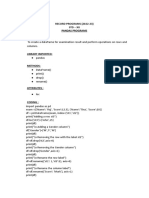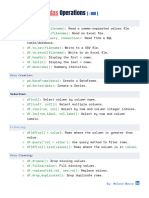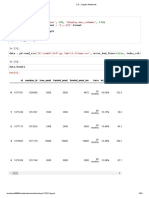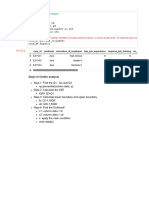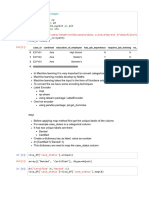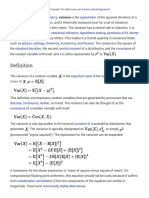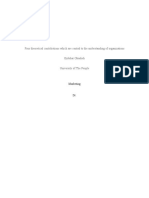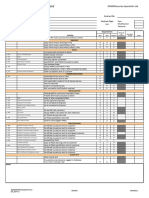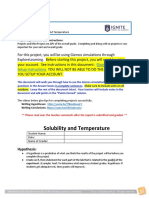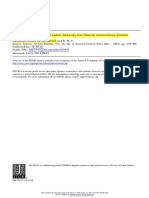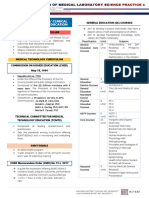0% found this document useful (0 votes)
33 views11 pagesEDA - Session-2 - Data Frame Basics-2
The document discusses exploring and cleaning a dataset containing 25480 rows and 12 columns using Pandas. It imports necessary libraries, reads the data, and examines the number of rows and columns, data types, missing values, and duplicates. Key steps taken include viewing the head and tail, shapes, dtypes, selecting numeric/categorical columns, checking for nulls, and dropping duplicates.
Uploaded by
jeeshu048Copyright
© © All Rights Reserved
We take content rights seriously. If you suspect this is your content, claim it here.
Available Formats
Download as PDF, TXT or read online on Scribd
0% found this document useful (0 votes)
33 views11 pagesEDA - Session-2 - Data Frame Basics-2
The document discusses exploring and cleaning a dataset containing 25480 rows and 12 columns using Pandas. It imports necessary libraries, reads the data, and examines the number of rows and columns, data types, missing values, and duplicates. Key steps taken include viewing the head and tail, shapes, dtypes, selecting numeric/categorical columns, checking for nulls, and dropping duplicates.
Uploaded by
jeeshu048Copyright
© © All Rights Reserved
We take content rights seriously. If you suspect this is your content, claim it here.
Available Formats
Download as PDF, TXT or read online on Scribd
/ 11






































